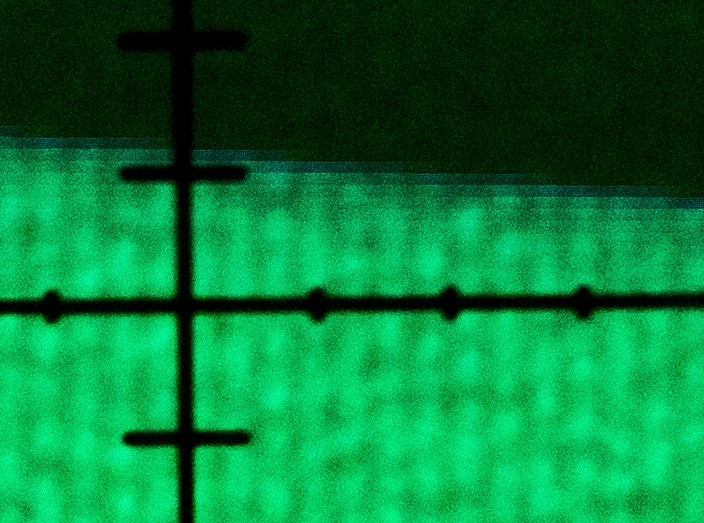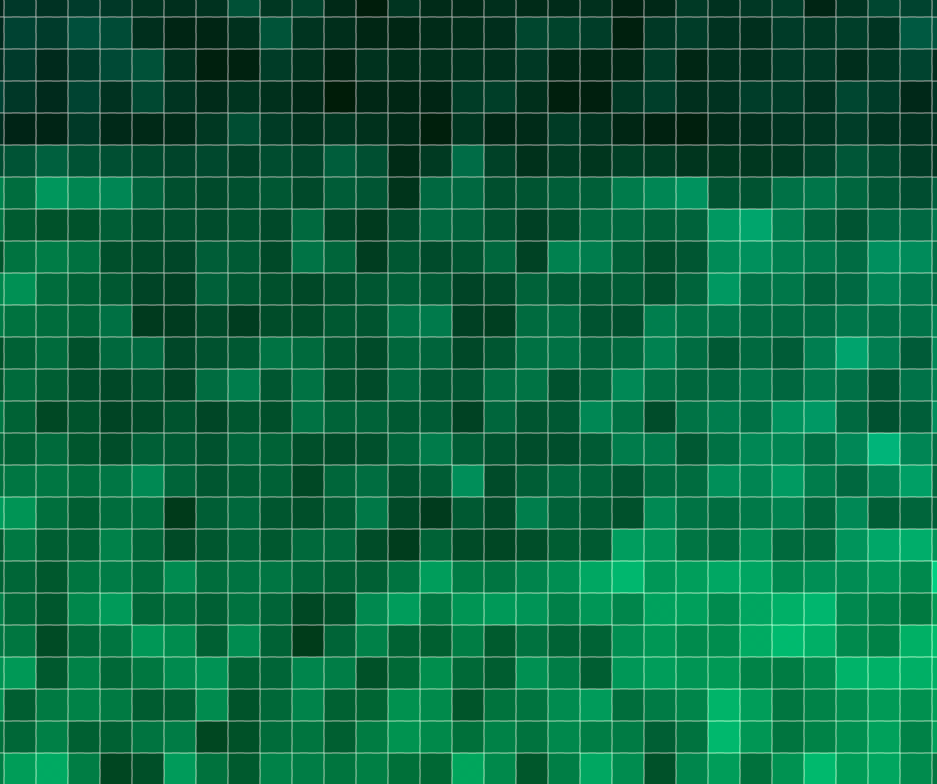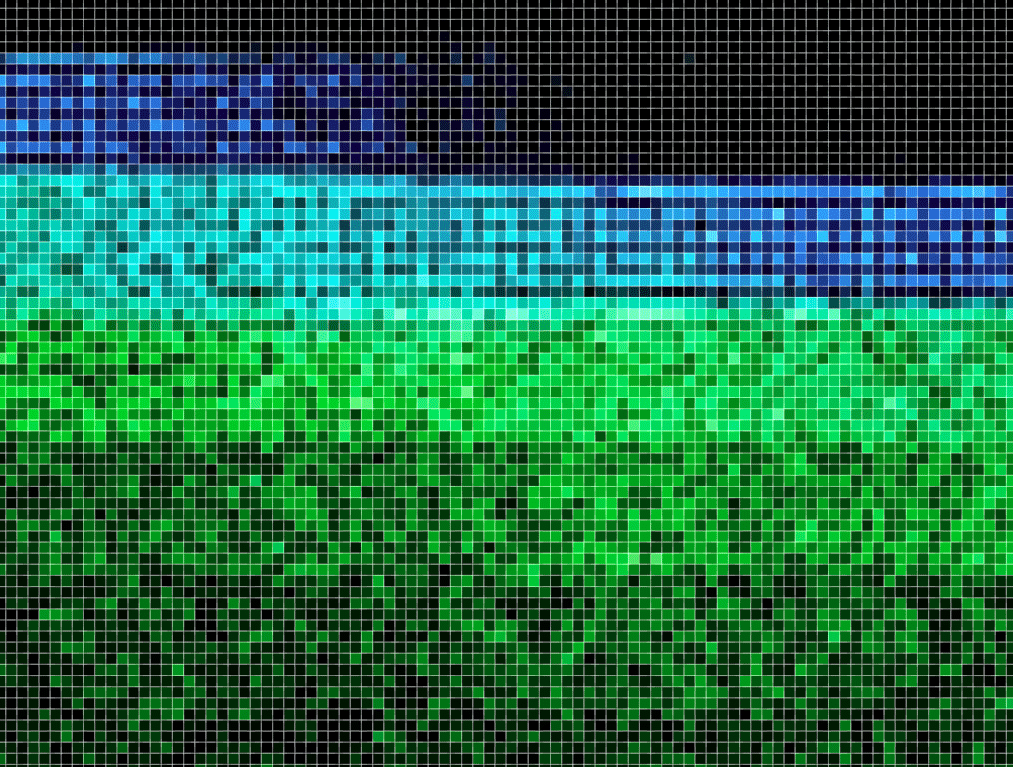This is the 12th in a series of posts on the Sony a9. The series starts here.
In this post, I looked at the speed of the Sony a9’s electronic shutter. my main tool was an analog oscilloscope (my trick won’t work with a digital one). I photographed the trace as it was moved in the vertical direction by a function generator, and in the horizontal on by the ‘scope’s internal time base. I was able to measure the scan time of the shutter that way. In this post, I’m going to use the same tools, but with different settings, to get at another point that’s been bothering me.
In the earlier work, it looked like the camera was proceeding evenly and methodically from the top of the image to the bottom (bottom of the sensor to the top) when making an exposure. But that would only allow one ADC per column. Those would have to be really fast ADCs! I thought that maybe the camera was digitizing the signal from several rows at the same time, even in single shot shutter mode.
I set the time base of the ‘scope to 100 microseconds per division, and the function generator to about 200 Khz. Then I took a picture at 1/1000 second:
At this level of detail, the shutter looks like it is moving smoothly from top to bottom. Zooming in a bit:
Now the first inklings of horizontal structures — bands — emerge.
Let’s get closer:
Yes, there are bands, all right. The shutter appears to be reading the rows in groups.
Closer yet:
Now we can see that it is reading the rows in groups of twelve.
Real close:
Yep. Groups of twelve. If there’s an order within the group, it’s escaping me.
Remember when I looked at the spatial frequency content of the pixel response non-uniformity? It appeared to have spikes at 1/3 and 1/6 (and, now that I look for it, 1/12) of the sampling frequency. Maybe this is why.
I tried continuous mode. Same groups of 12.
Then, responding to a suggestion from Horshack, I cranked up the shutter speed. While I was at it, I increased the function generator frequency to 1 MHz to get more evenness in the illumination.
1/8000, single shot mode:
1/16000, single shot:
1/32000th, single shot:
Still groups of 12.
What’s the blue at the top of each band? I don’t really know for sure, but I think that the phosphors emit blue (and probably UV) light when the electron beam is right on them, and then they settle down and emit green light afterwards. Another way to say this in scope-speak is that the blue-emissions have shorter persistence than the green ones.
Why the checkerboarding in the blue? Probably we’re looking at the Bayer CFA pattern through the demosaicing (which was Lr default, if it matters).









Sony use tricks with 12bit DACs to be fast. This makes ugly patterns. That is exactly what diglloyd has in its images. Don’t finished reading the patent but what i have read do the DACs have different modes a fast mode and a 14bit quality mode. But why is the A9 single shutter mode not banding free?
In the patent, all the DACs do is supply the ramps to the comparitors.
From the scope work, I suspect that there are either 3 or 12 simultaneous conversions per column in SS mode.
Interesting. The only time I’ve seen banding was a few days ago when I took my daughter to Times Square (great doughnut place nearby, the only reason to go) and several of the shots, but not all, had horrendous banding which seems to follow these patterns. Haven’t gone back to look at the EXIF but I wonder if the shutter speed influences not only how quickly the DACs are read but HOW they are read. Am I understanding your findings correctly?
https://flic.kr/p/UWNnYC
I’ll be posting something that touches on that today. I’m assuming you mean ADCs, not DACs.
Yes, my mistake.
No problem. Horshack’s post on noise and shutter speed is now up.
Lloyd Chambers had a similar observation, too:
“Possible diagnosis: the high-speed readout of the A9 sensor does not read out groups of rows evenly; there is some difference in gain between the rows. The pattern noise repeats in row groups that are 12 pixels high.”
https://diglloyd.com/blog/2017/20170525_2056-Sony_A9-PatternNoise-at-ISO100.html